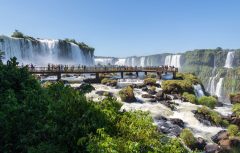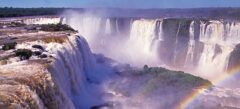How to Take Better Travel Photos

I see thousands of images as Journey Latin America's picture editor, and over the years I have noticed certain characteristics that come up time and time again in the ones that really stand out. Through my Fine Arts degree and my own photography, I've tried to improve my skills to bring out these qualities in my own shots, and picked up a few tips along the way – which I'll share with you now...
LEARN HOW TO USE YOUR KIT
Whether you have a little point-and-shoot camera or a professional digital SLR, if you don't know how to use it properly then the likelihood of taking a brilliant shot is slim to none.
Small compact cameras (for example a Nikon Coolpix or Canon Powershot) will do most of the work for you, but it still pays off to take some time to read the manuals and brief yourself on which buttons do what. Usually there are options for landscapes, people, macro (intense close-ups) and night mode. It may sound obvious but using these options over the auto mode will make some noticeable changes to the quality of your pictures.
As for DSLRs, learning how to use the camera will require a bit of work, but it will pay dividends.
If you can and you have the space, shoot RAW.
If you can, invest in a 50mm portrait lens. Most entry-level DSLRs these days come with a pretty good zoom lens, usually 18-55mm. These are great for keeping on the camera as your standard kit, but a 50mm lens will give you a much shallower depth of field (blurry background with the foreground in focus) and is great for shooting images of people and animals.
Remember to always carry a spare battery and a water-proof plastic bag big enough to fit the camera.
BUY AND USE A TRIPOD
Blurred photos? Use a tripod, or find something to rest your camera on in order to stabilise the shot (a table, a wall... even kneeling and placing your camera on your knee will give you some extra support). There are so many varieties of tripod now, from super compact fold-aways the size of a can of deodorant to ones that can grab onto tree branches or other odd surfaces.
BE READY TO USE YOUR CAMERA AT ANY MOMENT
Some of the best photographs come from the uniqueness of a fleeting moment. Catching a look in an eye or the movement of a limb can make all the difference to a shot. The great thing about digital is that you can take as many pictures as you like and not run out of film, but sometimes just clicking away can yield no great results. Here are some tips for making sure you capture that perfect moment:
- Get up early. The best light is always as the sun rises and if you're lying in bed asleep you'll miss out on the perfect time for photography. Evening light, just before sunset, offers another golden window of opportunity, but you have to be quick: you'll only have around 30 minutes to shoot those closing rays of sunlight so it pays to be ready at the right time.
- Be patient. Sometimes, you will miss that fantastic shot you see in your mind's eye. But most of the time, there will be another opportunity to recapture it.
- If in doubt, ask. A lot of people are reluctant to ask if they can take a photo of someone. The only way you'll know is if you ask. A lot of the time people will be pleased to pose for you, but if they say no, respect their wishes. On the other hand, there are times when you want to capture an natural look without someone knowing. Only your gut can tell you the right answer here, but if doubt try asking and then take another once they've finished posing for you.
- Couples will often hold hands as the sun sets. Children will have a look of awe when they see something spectacular even if adults don't. Old men always make for great portrait subjects, especially with sunglasses on.
The worst thing about losing your camera is never the loss of the actual camera, it's always about the memories that were on the SD card inside. If you can, upload the photos you've taken to the internet (try Photobucket, Flickr, Dropbox or even Facebook) or a small laptop at the end of each day's shooting. If you don't have access to the internet, take a USB flash drive with you and use any computer handy to move the images onto it. Remember to keep the USB separate from the camera bag.
REMEMBER FRAMING AND THE RULE OF THIRDS
Framing your shot can make all the difference. But just making sure the horizon is straight and everyone is in centre-shot isn't enough. Look around you and find interesting ways to frame your subject. Use a street sign or buildings; sometimes the arches of one building are a great way to frame another. Sitting a camera on a table and using the bottles and glasses to frame something in the distance can also work well with a shallow depth of field. When with a group of people, try staying at the back and waiting a few seconds until everyone is a little ahead; shout something to get their attention then shoot as everyone turns to look at you.
The Rule of Thirds states that the main subject or subjects in your photograph should be placed either one-third or two-thirds of the way across your picture, as this is the most pleasing composition on the eye. Basically put, don't place what it is you're photographing in the middle of the picture. Some cameras will let you place a grid over your view as you shoot, but if yours doesn't then try to imagine a grid of nine parts, two equally spaced horizontal lines and two equally spaced vertical lines over your viewfinder, and place your subject at one of the intersections.
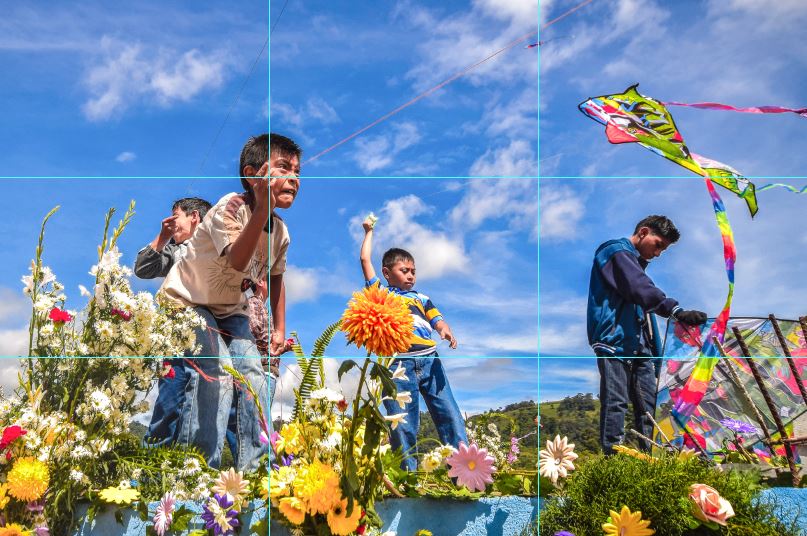
Another way to add interest to your photograph is to use the lines of perspective created by buildings or the horizon to your advantage. Moving the camera to a lower angle, down by the floor or next to walls will put a more eye-catching spin on an otherwise average shot.
Finally, it is something everybody does at the salt flats in Bolivia, but the 'forced perspective' shot is a must and is incredibly fun to try out:
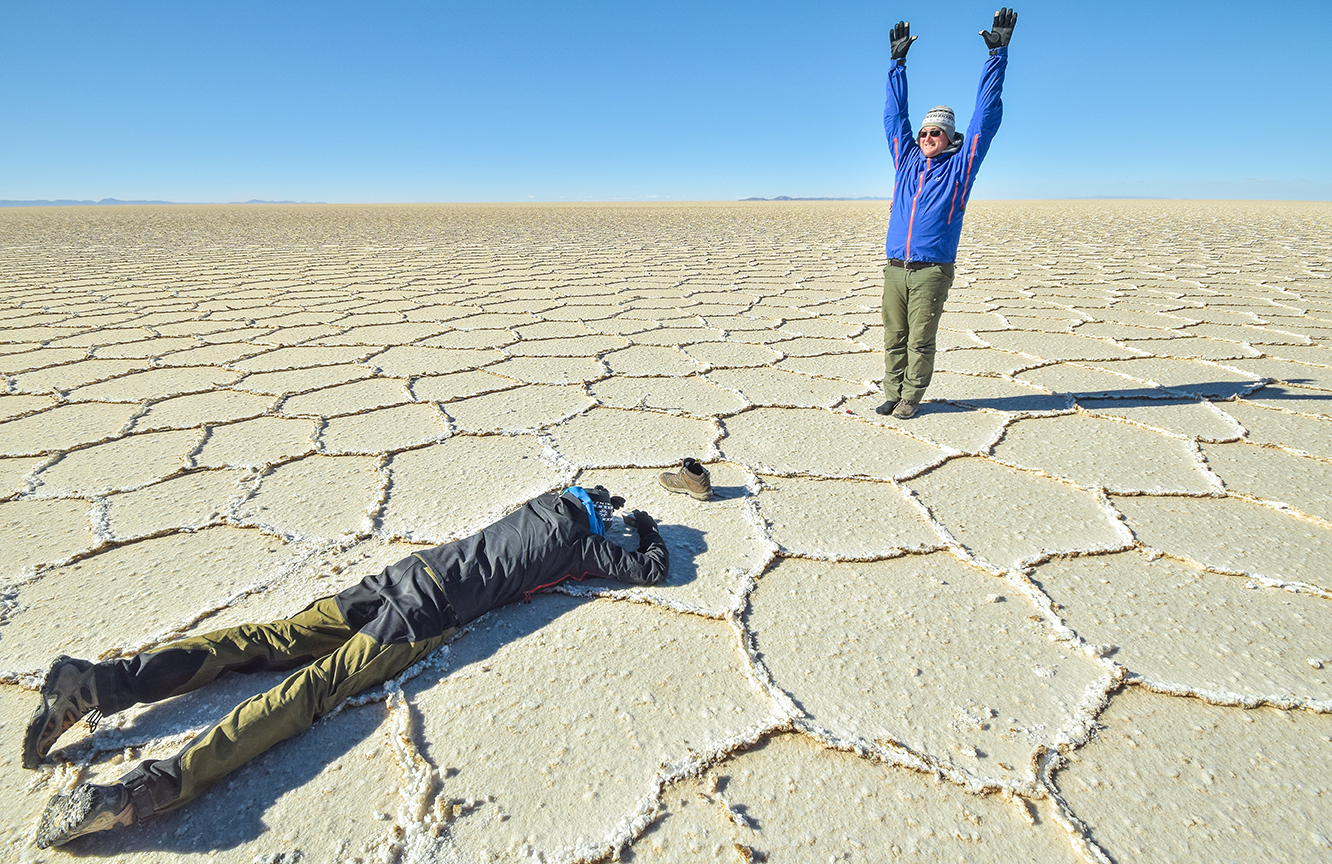
GET INSPIRED
Have a look at what other people have done. The likelihood of you being the first person to ever photograph something is extremely rare, so there's no shame in borrowing a little inspiration. Online image libraries have lots of shots of Latin America these days, and even if they're not of the exact place you're going to it can still give you an idea of what to look for when you arrive.

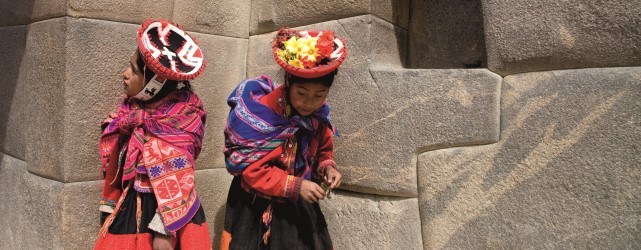
Tailor-made holidays
Flexible, custom-made holidays to Latin America created to match your exact requirements: our tailor-made itineraries are as unique as the clients for whom they are designed.
Design my tripPapagaio
Your edit for Latin American inspiration
Our exciting range of articles on Latin America explore everything from iconic destinations and lesser-known cultural gems to delicious traditional recipes. You’ll also find exclusive travel tips, first-hand client reviews and the chance to get your personal questions answered by our travel experts.
View Extraordinary Inspiration


